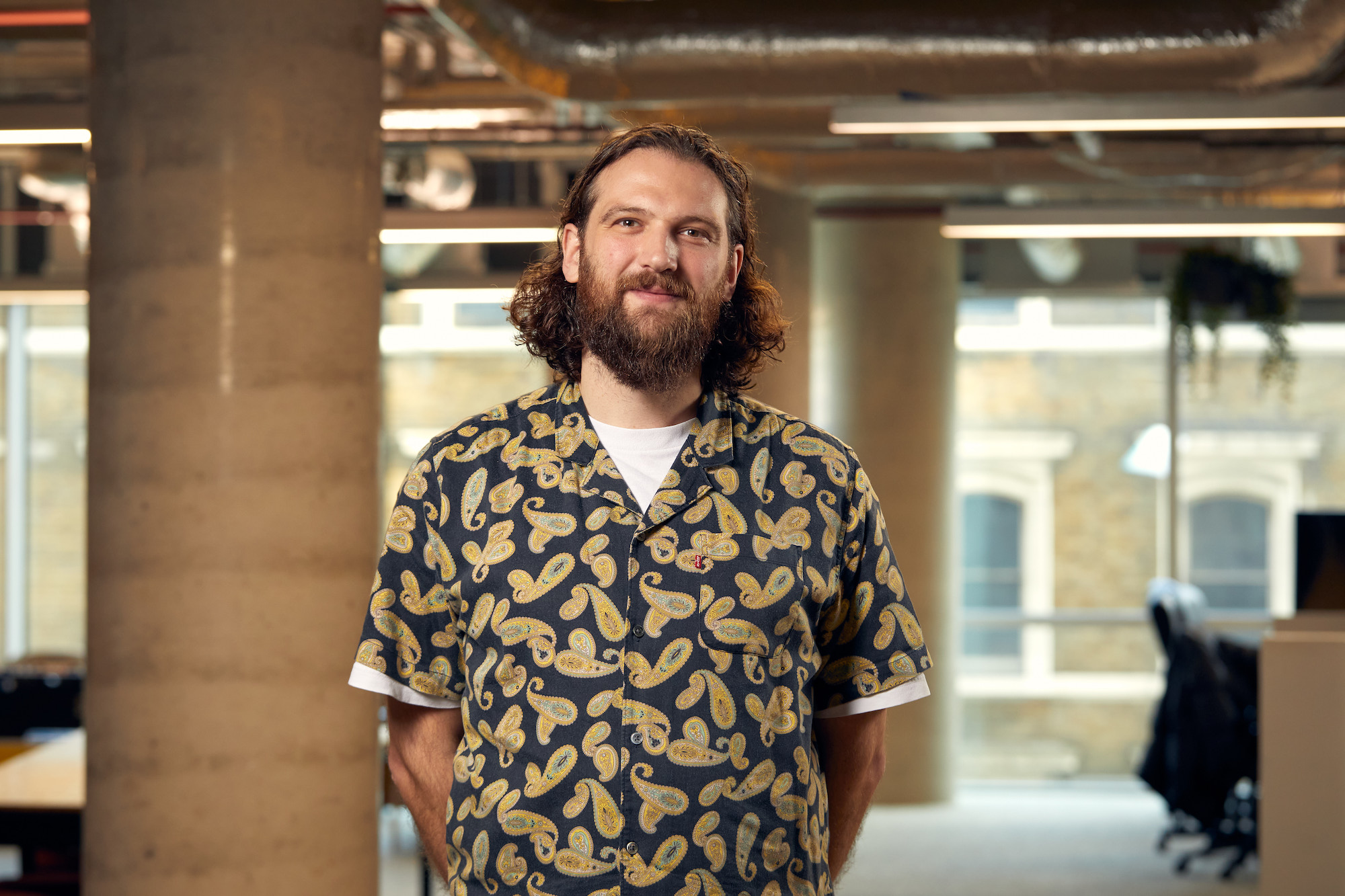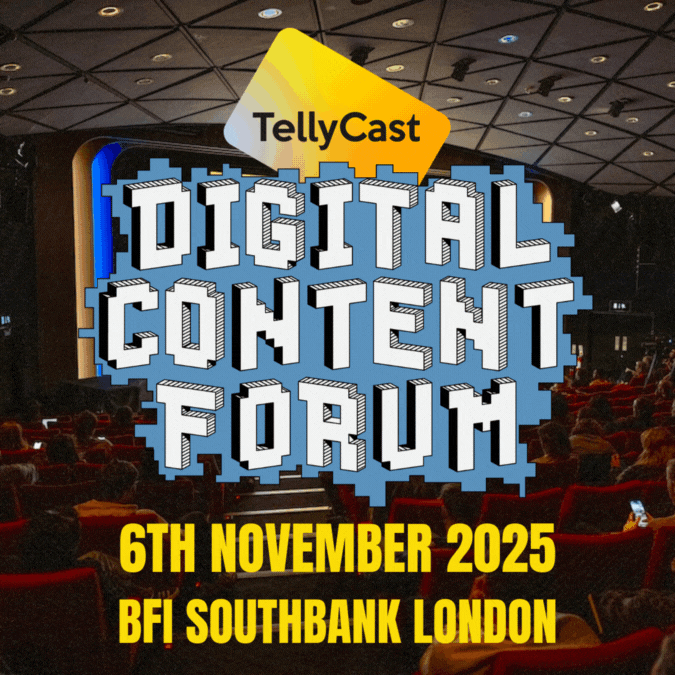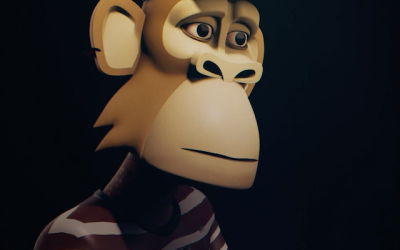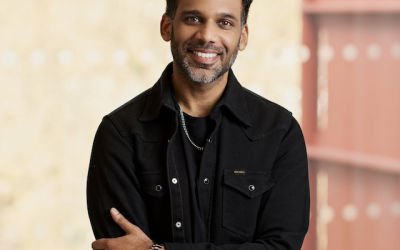Thom Gulseven is director of creative strategy at LADbible Group (LBG), one of the leading creators and distributors of digital-first content. At time of writing, LBG’s portfolio of channels has an audience reach of over 1 billion and 361 million followers. Home to hit shows like Minutes With and Agree To Disagree, LBG has seen watch times increase by 52% increase year on year and currently reaches nearly two thirds of 16-34 year olds in the UK. In 2022, its content creation arm LADstudios produced around 30,000 videos and ramped up its branded content output through partnerships with the likes of Sky, Budweiser, Google and Disney.
This week, Thom spoke to The Drop about where he sees the digital-first content business heading in 2023, addressing hot topics including short-form monetisation, the shift towards digital formats and the opportunity presented by FAST.
But before discussing anything else, he made it absolutely clear that he doesn’t want LADstudios to be called a digital publisher…
The Drop: So, Thom, tell us more about this ‘digital publisher’ issue
Thom Gulseven: I think it’s time to say goodbye to the digital publisher tag and start describing businesses like ours as digital broadcasters, which is what we are. Companies like LADbible inherited the name digital publisher for legacy reasons… because the first firms to get into this market were the traditional print publishers. They started out publishing text and images, but when they moved into video the ‘digipub’ name stuck – and started being applied to native video creators as well. In social, the term digital broadcasters has been reserved for legacy broadcasters moving into digital, such as Channel 4. But it’s also the right description for companies like ours that have branded channels and originate huge volumes of video and formats.
The Drop: Do you think this shift in definition is reflected in the digital-first landscape?
TG: It is, in a couple of ways. Firstly, if you look at the way our content has evolved, it has shifted a long way from the traditional publisher-led editorial approach. Digital publishing was always about news and trending stories. The goal was to get the story out first and generate click-through to drive advertising. It wasn’t necessarily about exclusivity, but it was about getting yourself into the audience’s eye line before anyone else. That isn’t what we do now. The broadcast model, digital or otherwise, often prizes evergreen content and repeat value. We don’t mind if the audience sees something today or in three weeks’ time when it has worked its way through the algorithm. We want our content to be replayed and reshared for weeks.
At the same time, it’s a shift that’s down to how the platforms actually work, and therefore how people use them. In the past, people would drop a like or a comment on platforms like Facebook and Instagram to say something about themselves – you’d basically be signalling your tastes to all your peers that followed you.
But the arrival of TikTok has changed that. Now, people aren’t liking videos on TikTok to tell people who they are, they’re doing it to get a better experience. If they like certain topics or creators, then they get more of what they want. That’s more like a personalised broadcasting model, and it’s being replicated across the market by other social platforms with their own short form strategies.
The Drop: What are the creative implications of being a digital broadcaster?
TG: The first is that when we plough money into new content we need it to work hard and work everywhere – this isn’t a race to be big on any one platform, but a need to make our formats famous everywhere. Our business is predicated on ad revenue generation and contenting licensing, so we need strong returning shows that have the ability to travel. That’s all about being part of the broadcasting long tail and having rights that can generate good ROI.
It’s also increasingly important that we create properly distinctive content. Looking through this broadcaster lens, it’s commercially beneficial if audiences know that a piece of content is ours when they go to a platform – otherwise our brand becomes diluted.
The Drop: What is the key to achieving content differentiation?
TG: Something we’ll be thinking about a lot in 2023 is the visual strength of our brands. Because of the rise of TikTok and the other short form strategies, endless, quick scrolling has made it harder to sneak strong visual cues into content that signal it’s yours. We’ll be using more mechanics that make it obvious that a video comes from our studio.
This also ties into the use of more formats as opposed to one-offs. The beauty of LBG formats like Minutes With and Agree To Disagree is that they are so distinctive. We can drop a lot of different subjects into those formats and they are still recognisable to audiences. The Agree to Disagree table is so recognisable – we want more of them.
There’s also a debate to be had around quality. I know everyone has a different view about what ‘quality’ means, but for us it’s about making really striking shows that stand out from the thousands of other videos that are constantly being posted on platforms.
Also, it allows Digital Broadcasters to have more of a purpose, with the people doing it best having more of a cohesive message beyond reach and growth. And that’s going to come through more and more this year across the board.
The Drop: Are you currently growing new formats?
TG: We have a lot of original formats coming down the line via Ben (Powell-Jones, Creative Director) and his team. We’re excited about Crime Stories, a true crime series born of learnings from Minutes With.
We’ve also just piloted Death Row Diner, which is a new take on how we tell true crime stories. The idea is that, as a serial killer’s story is told, we see a close up video of someone cooking the meal they requested on death row. It leans into a growing trend in short form of the sound you hear and video you watch completely mismatching, but in an intentional way. And it gives us a way into a topic that has been covered millions of times by others. But like all our formats, we’ll let our audience tell us what to do with it next – if it flies, we do more.
The Drop: Are there commercial benefits in being perceived as a digital broadcaster?
TG: Yes, one is that it creates a different perception of what we are in the minds of advertisers and agencies. It gives us an opportunity to talk to brands about much more comprehensive partnerships. So instead of only focusing on branded content deals, I hope it allows us to secure broad sponsorships that cover huge areas of our factual and entertainment content.
The Drop: While there’s a lot of logic to your claim to be a digital broadcaster, does that mean you are effectively doing the same job as Channel 4 and the like?
TG: Not really. Channel 4 does some excellent work in the digital space but you can still see the shadow of the legacy broadcaster in lots of ways. Crucially, the business model is just so different. We’re making formats to be distributed everywhere because that is our commercial imperative, but they have a different remit to answer.
I also think the differences between us will have an impact on the point I made early about creating a clear visual brand on short form platforms. We produce and own our own stuff, so we can control that consistent identity and voice. But that’s harder to achieve when you’re a commissioning broadcaster working with scores of different producers on shorter runs – it’s a tough ask.
The Drop: The last few months have been pretty torrid for the media business in terms of job cuts, ad revenue declines and service closures. How is 2023 looking?
TG: I’m feeling more optimistic than I did at the end of 2022. It’s still tough out there but the new climate has forced us all to think harder about the places we can distribute content. Looking ahead, I can see two reasons to feel buoyant about the next 12 months.
Firstly, we’re just about to see YouTube flick the switch on short form monetisation. That’s enormously exciting and could create an entirely new business for digital creators.
Secondly, I believe there is an opportunity for digital broadcasters in Connected TV as the FAST business grows. Having content that we own and repurpose into different lengths means there is an opening for us to work with platforms like Pluto and Roku. To give an example, we cut together a show from various old episodes featuring contributors who had killed someone – accidentally or otherwise. We created a powerful half-hour multi-contributor documentary about all the emotions they felt as a result. We have so much great mid and short form content that more of this thinking feels like a natural extension of what we do. So FAST is something we’re investigating and I certainly have it near the top of my list for 2023.





